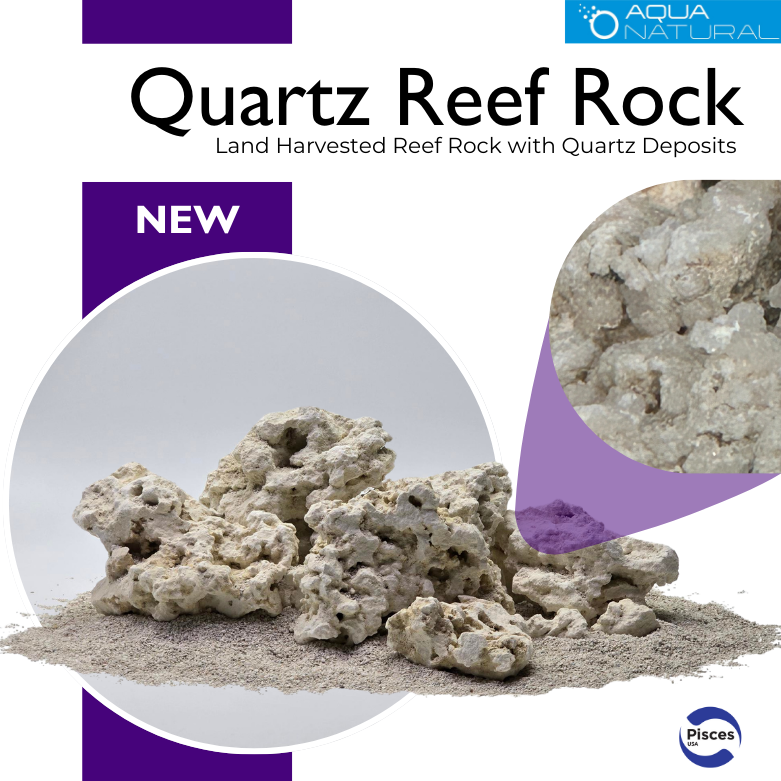Tunze Press Release
July 13, 2011
Where did we get our flow numbers?
We derived our flow numbers in two ways, by a test termed a “bag test” and by theoretical calculations. The bag test is just as simple as it sounds, a collapsed bag is placed over the end of the pump and inflated by the pump with water, the time to fill the bag is measured and the flow is calculated. This method has definite limitations, it places backpressure on the pump, and it cannot be used on larger pumps given the limits of bag volume and reliable timing. For all pumps a theoretical calculation is made based on propeller surface area and rotation frequency.
Our bag test results are consistent (within + or – 10%) with theoretical results on the pump models 6015, 6025, 6045, 6055, 6065 and 6085. This led us to rely on theoretical numbers. The biggest pump that a bag test can be performed on is the 6105 and the inaccuracy of flow numbers on the 6105 has a different origin than 6205 and 6305 inaccuracies. The 6205 and 6305 flow numbers were only based on theoretical calculations. The 6105, when released, was near specified flow and was bag tested with a result of 90% of theoretical, however, later modifications to reduce noise relied on theoretical flow numbers and flow was lost to these modifications. On models 6205 and 6305 the fundamental issue is that the theoretical flow cannot be reached due to overly constricted intake and output.
Going Forward
Over the next 6 months we will perform numerous tests aimed at improving our pumps. We believe pump volume alone does not equal effective flow, the ability to direct that flow is also important. In much the same way as the light available from a bulb means little if it cannot be properly directed into the aquarium, the flow rate at a pump is not as important if there is not sufficient flow at the corals.. We have since purchased two flow meters, one uses comparable sonic technology and the other uses a propeller akin to a common wind gauge and while we have found that using the comparable meter and methodology our results are the same. We have also found the propeller based meter gives divergent data, this data indicates that our more forceful targeted flow draws in current as the distance from the pump increases and that our total flow produced may be well higher than the flow of the pump itself. Use of a different methodology may very well give the opposite results, but this does not dispute the results of this study, it will only show that flow is complex and has numerous aspects which we are only beginning to understand. At this point we conclude that the study is correct for the flow produced by the actual pump itself and we will improve the pumps in a retrofittable manner, though this will take time as new parts must be designed and produced. Improvements will be based on increasing intake surface and reducing output restrictions on models 6205 and 6305 and increasing rotational speed for 6105. We would like to thank Sanjay Joshi, Bill Straka and Michael Sandford for performing this study, graciously informing us of the results and giving input on proposed solutions. We believe it is a step forward in uncovering many of the mysteries of high volume, low pressure flow which until recently was nearly impossible to quantify.
In response to Advanced Aquarist article, “Experimental Comparison of Measured Flow Output of Aquarium Propeller Pumps” (http://www.advancedaquarist.com/2011/7/aafeature)










0 Comments